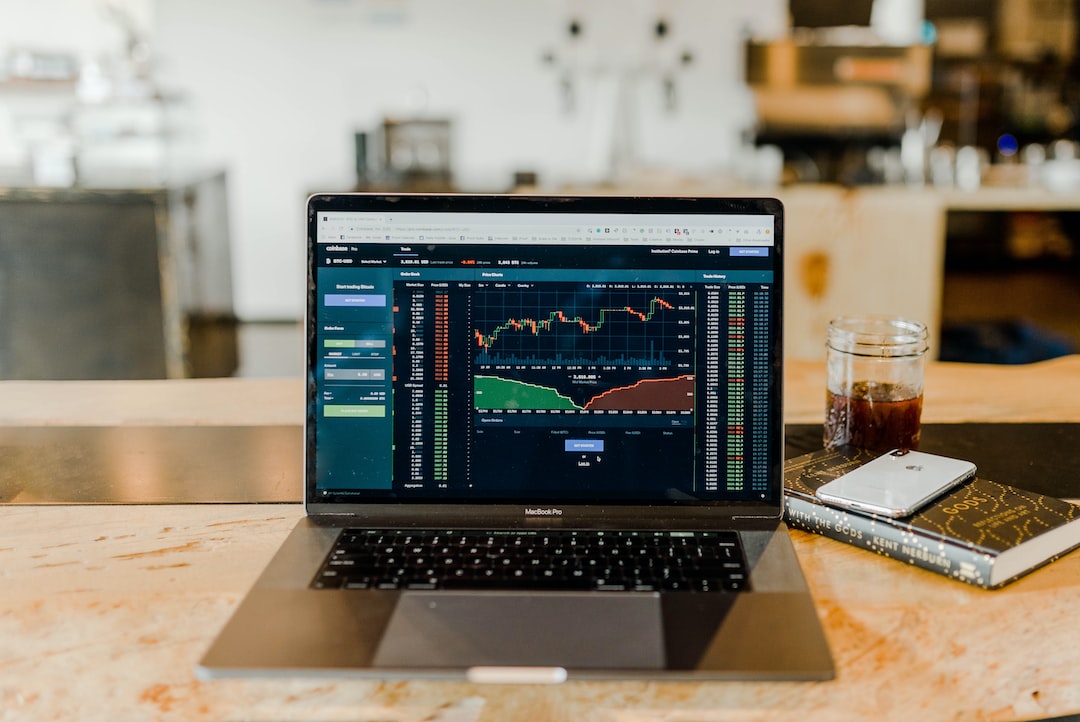Forex trading is a lucrative means of making money by speculating on the price movements of various currency pairs. However, to be successful in forex trading, traders must have a deep understanding of the market, including its mechanisms and the trading tools available. One such tool is the limit order.
A limit order is a type of order that allows traders to buy or sell a currency pair at a specified price level. The order will only execute if the market reaches the specified price level. In other words, a limit order is an instruction to the broker to execute a trade at a specific price or better.
However, despite being a popular trading tool, traders often experience situations where their limit orders fail to execute. There are several reasons why this happens, and we will explore them in detail in this article.
1. The Market has not reached the specified price level
One of the most common reasons why limit orders fail to execute is that the market has not reached the specified price level. A limit order is only executed if the market reaches the specified price or better. Therefore, if the market does not reach the specified price level, the order will not be executed.
In a volatile market, prices can fluctuate rapidly, making it challenging to predict when the market will reach the specified price level. In such cases, traders may need to adjust their limit orders to reflect the current market conditions.
2. The Spreads are too wide
Another reason why limit orders may not execute is that the spreads are too wide. The spread is the difference between the bid and ask price, and it represents the cost of trading. Brokers make their profit from the spread, and they can widen it during periods of high volatility or low liquidity.
If the spread is too wide, it can make it challenging for traders to execute their limit orders at the specified price level. In such cases, traders may need to adjust their limit orders to reflect the current market conditions.
3. Low Liquidity
Forex is a decentralized market, meaning that there is no central exchange where all trades take place. Instead, transactions are conducted through a network of banks, institutions, and individual traders.
In periods of low liquidity, there may not be enough buyers or sellers in the market to execute trades at the specified price level. This can result in limit orders not executing as there are no counterparties to match the trade.
4. Technical Issues
Another reason why limit orders may not execute is due to technical issues. These issues can range from internet connectivity problems to platform malfunctioning. Technical issues can prevent traders from accessing the market or placing orders, resulting in missed trading opportunities.
To mitigate technical issues, traders should ensure that they have a reliable internet connection and use a reputable trading platform.
Conclusion
Limit orders are a powerful tool for forex traders, allowing them to execute trades at a specific price or better. However, there are several reasons why limit orders may not execute, including the market not reaching the specified price level, wide spreads, low liquidity, and technical issues.
To ensure the success of their trades, traders must have a deep understanding of the market and the trading tools available to them. They must also stay up-to-date with current market conditions and adjust their trading strategies accordingly.






